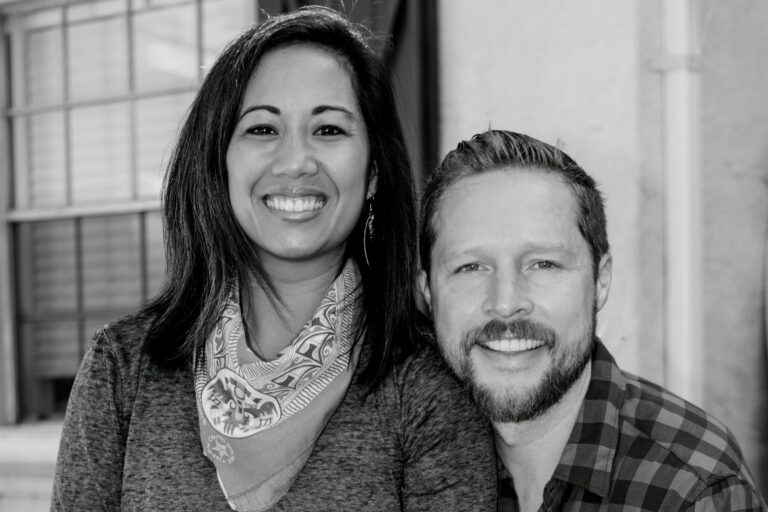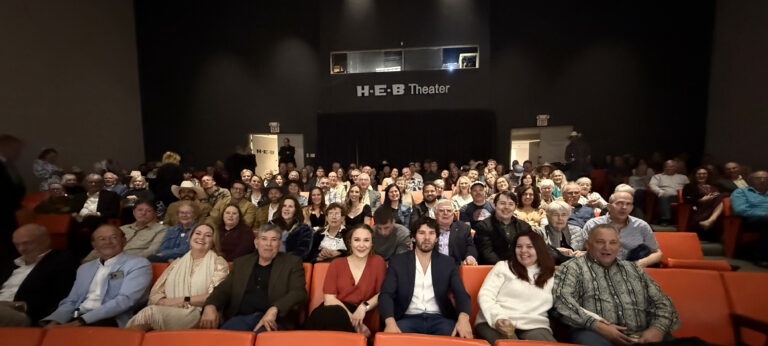Recklessly Honest: How Breaking Rules Makes for Great Movies
In the grand, fleeting scheme of the universe, we’re here for just a brief flicker—a momentary scratch on the cave wall of existence. So why, then, would you choose the path of an artist—arguably the most uncertain, insecure, and vulnerable path of all? Because it offers a chance, however slim, to communicate what life means through your eyes.
Fear sits at the gate, our eternal filter. Every story, every person, every truth must pass through this primal sieve. Our minds process hundreds of millions of bits of information every second, desperately searching for patterns. The terrifying truth is that our brains reject much of what they find disturbing, uncomfortable, or challenging. As a result, we exist in a distorted reality, always partly shielded from truths we’d rather not face.
But here’s the thing: artists must dare to remove that filter, peering bravely into the raw and unrefined heart of reality. Tennessee Williams wrote to Elia Kazan about A Streetcar Named Desire: “Nobody sees anybody truly but all through the flaws of their own egos.” It’s the artist’s job to strip away these distortions, revealing characters not as we wish them to be, but as they truly are—full of contradictions, desires, fears, and ambiguities. The power of art is in this impartial observation, this painful honesty, this mirror held up not just to the characters, but to ourselves.
To be compelling, stories must blend the realistic with the unusual—real enough to resonate, strange enough to captivate. The balance is delicate, elusive. Hollywood often nails the physical realism—impeccable sets, meticulous costumes—yet misses the emotional mark entirely. Real drama doesn’t come from the obvious tears, but from quiet struggles hidden beneath everyday actions, from masks we wear and never remove.
Storytelling has always been our collective rehearsal for life. Around fires, in books, on screens—now even in virtual realities—we’ve sought safety by exploring danger through others. But beware: the worst storytelling is safe storytelling, hiding its truth behind familiar clichés and predictable outcomes. Real storytelling is risky, raw, uncomfortable, exhilarating. It demands authenticity above all.
In filmmaking today, what even is “cinematic”? It’s definitely not about expensive equipment or flashy shots. On the whole, you might say it is about balancing entertainment with emotional truth. Consider the abstract versus the realistic: A detailed image of a bloody heart shocks, an abstract red line merely confuses. Between them lies something relatable, resonant, powerful. The same applies to cinema. Use visuals and editing as your abstract brush, but let the writing and acting ground the film in relatable truth. Aim for subtlety and nuance over extravagance.
Ultimately, filmmaking is not about simply entertaining or provoking. It’s about revealing the unseen truths of our shared human experience. You are an artist, and your role is clear: Risk everything. Tell the truth. Speak the secrets others won’t whisper. Because when the brief blink of your existence ends, these marks you leave behind—honest, authentic, deeply human—are all that will remain.






